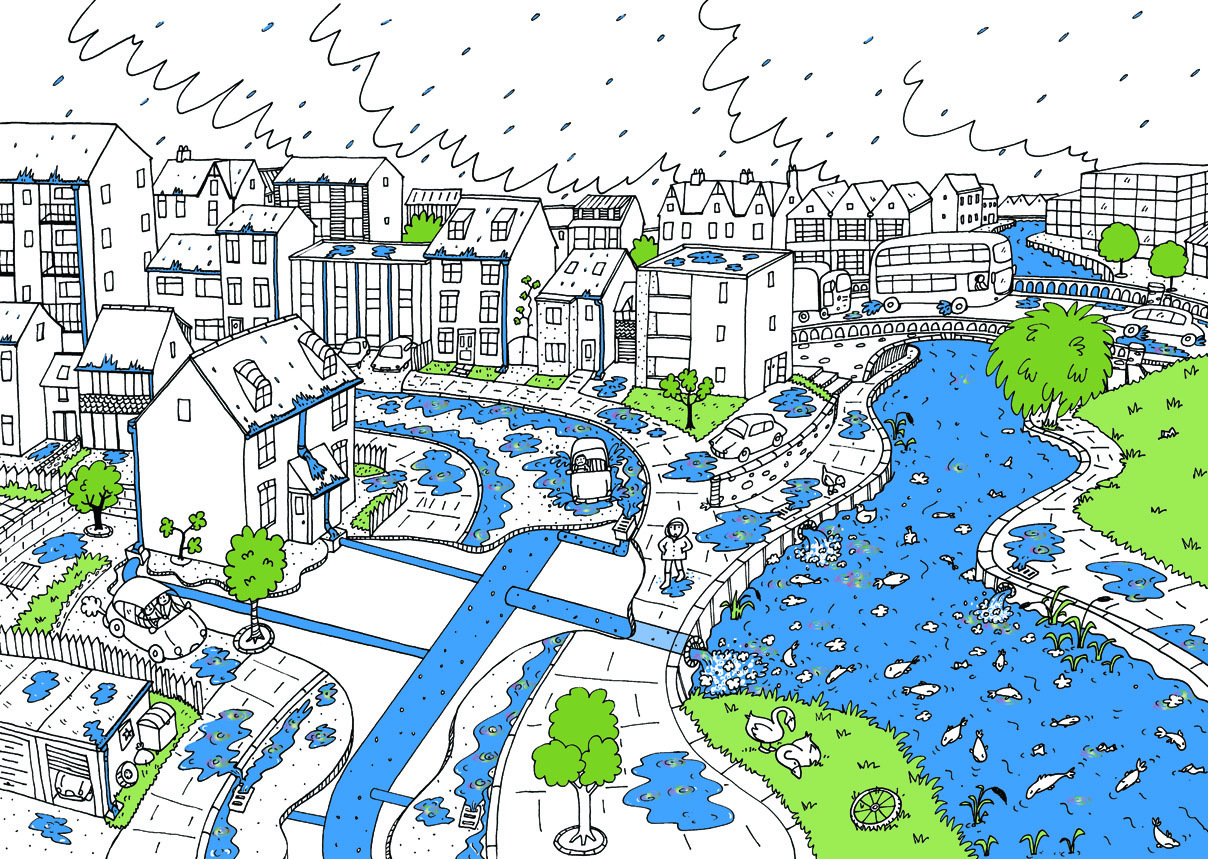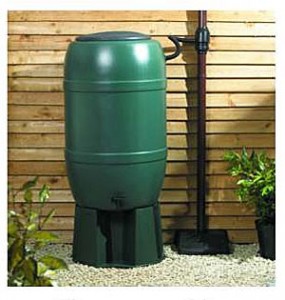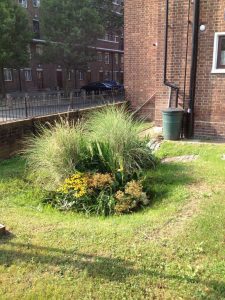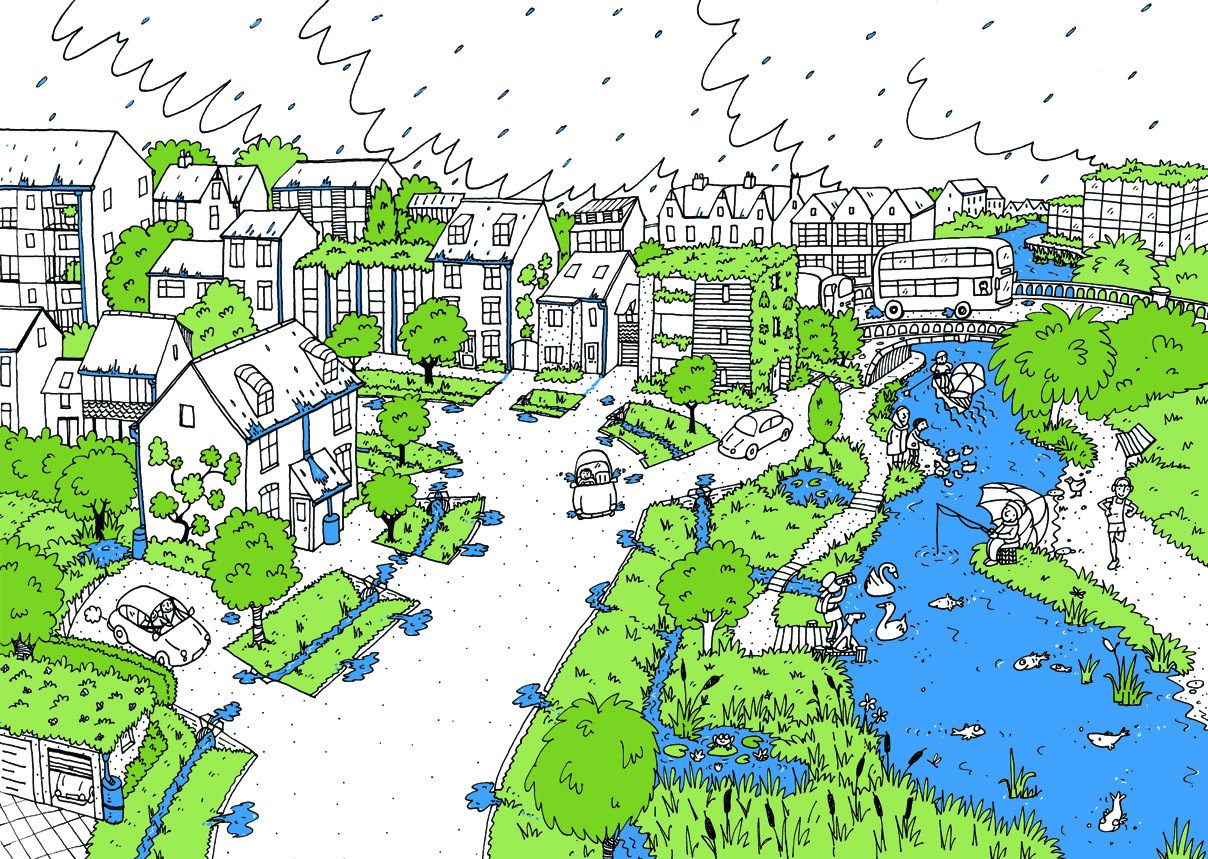Sustainable Drainage Systems
Sustainable Drainage Systems (SuDS) are a natural way of managing urban drainage, especially around properties.
In urban areas, most surfaces have been paved over, which makes it much harder for water to naturally soak away. This means that when it rains nearly all of our rainwater goes down the drain. What we have found is that many people don’t know where the rain goes once it has disappeared down the drain.
In London we have two types of drainage systems. A Combined System and a Separate System. In a separate system when it rains the rain water goes into a pipe taking road pollution with it which is then taken out to a nearby waterway. In a combined system the rain water is taken to a sewage treatment plant which may cause the sewage treatment plant to overflow resulting in the discharge of untreated sewage into our rivers. Sewage discharge happens approximately once a week in London.
This is how our systems have been designed. However these systems are killing our rivers. When rain washes off our roads it takes road pollution with it; road run-off contains oils and heavy metals from our cars, and our sewage waste is full of river harming chemicals and sewage related litter. Without SuDS our roads look like the illustration below.

Many of these issues could be reduced if we employed the use of Sustainable Drainage Systems (SuDS). We have seen a massive reduction in the amount of green spaces as the increase of vehicles on our roads has demanded paved surfaces. This has made it much harder for water to naturally soak into the ground. SuDS are effectively creating spaces to facilitate natural drainage that can reduce the amount of pollution entering our rivers; and also alleviates some of the extra pressure placed onto the sewers and the pipes underground.
With the help of SuDS we could reduce the amount of rain water entering our sewers. This could prevent pollution entering our rivers and also reduce the risk of street level flooding. Our streets could look like this.
SuDS can be large community features or small property level mitigation measures such as:
Rainwater Harvesting
Installing a water butt on your property is a very easy way to reduce the flow of the water and also the amount that enters the sewers and watercourses during periods of heavy rainfall. You can use this water, for example to water your garden or to fill a bird bath.
 Rain Gardens
Rain Gardens
Rain gardens are designed to catch the rain water before it enters the drainage system. They provide areas that water can soak into and can help to remove pollution. Rain
gardens are also a great source of food and habitat for wildlife. They can improve the appearance of your property and local area.
Permeable Surfaces
A paved front garden or driveway increases the amount of water and road run-off reaching our rivers and overwhelming our sewers. This can be prevented by using alternatives to hard paving which are sometimes cheaper and more attractive, such as using gravel, permeable asphalt or permeable block paving, which slows down the speed of the run-off water into the drainage system, so reducing the risk of flooding others.
Green roofs
This technique uses plants to provide temporary storage of rainfall and minimise run-off from roof areas. Green roofs vary in type from roof gardens, roof terraces and green walls. Green roofs can reduce the amount of run-off through water use in the form of uptake by the plants.
Current Thames21 community SuDS Projects
- Hounslow SuDS project
- Salmons Brook Healthy River Challenge
- Fixing Broken Rivers
- Greenstreets@Haringey

